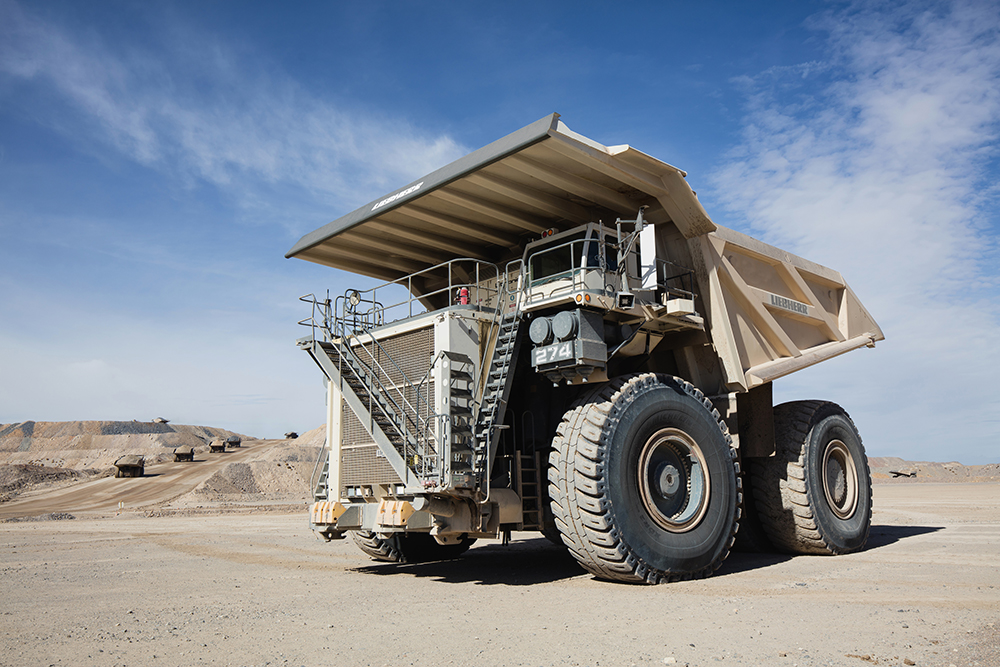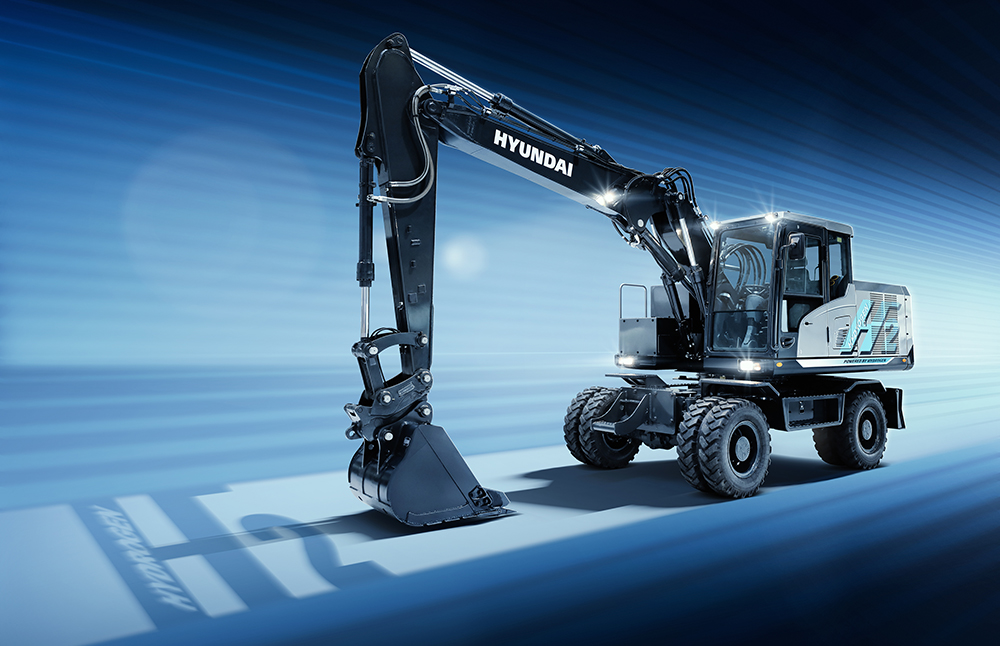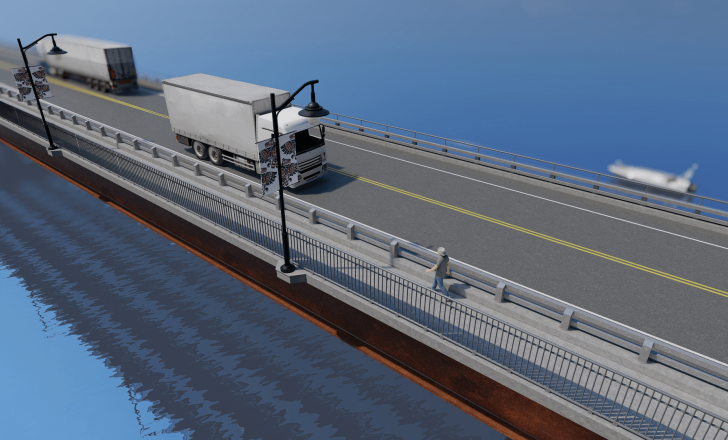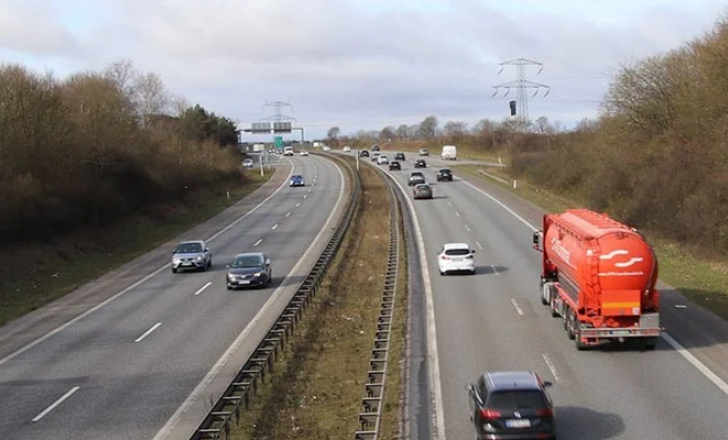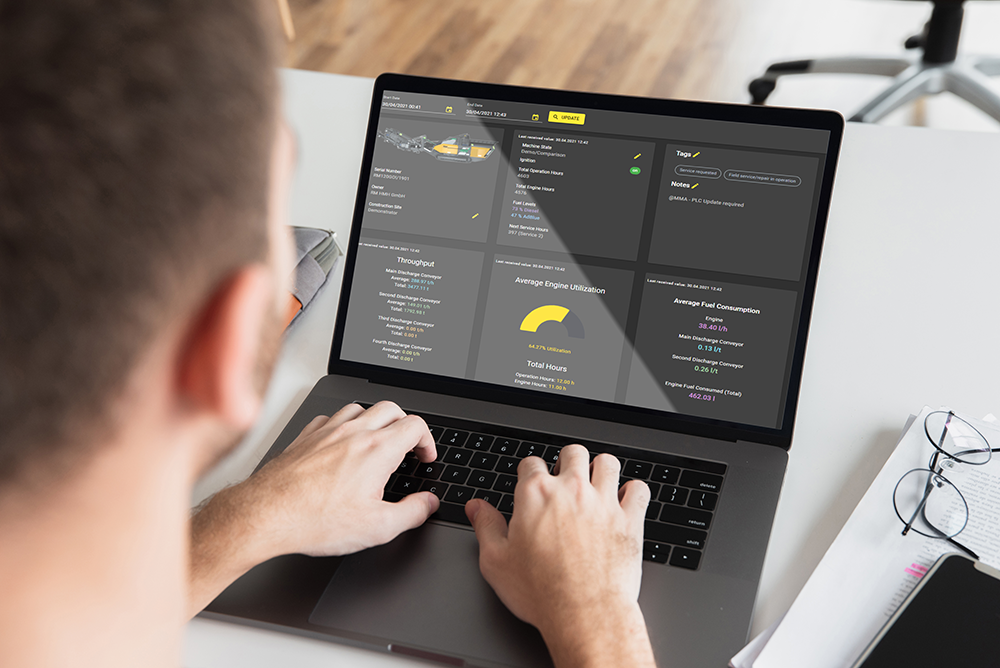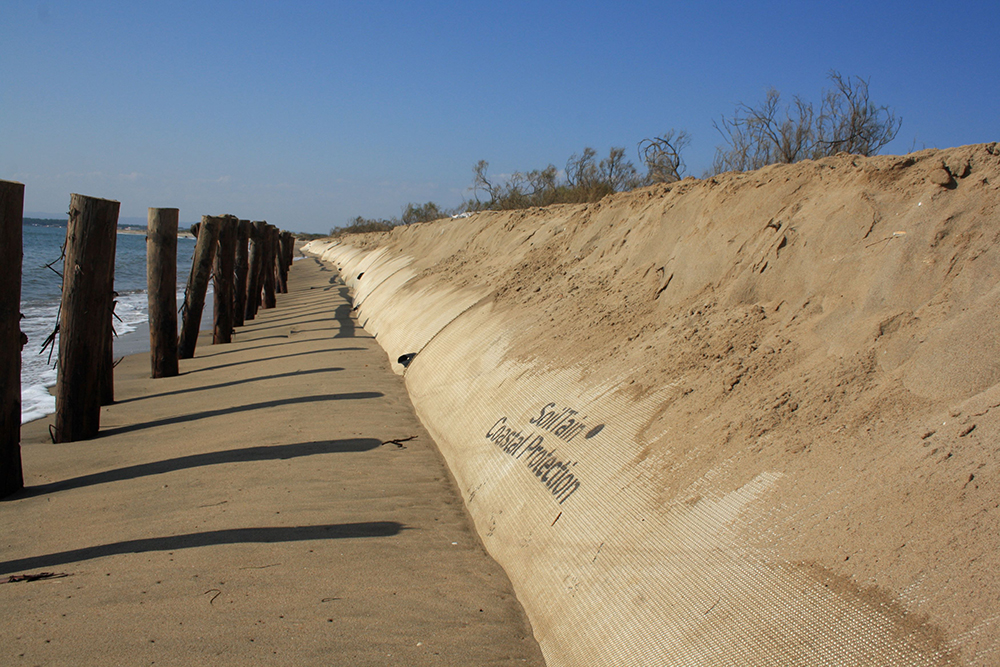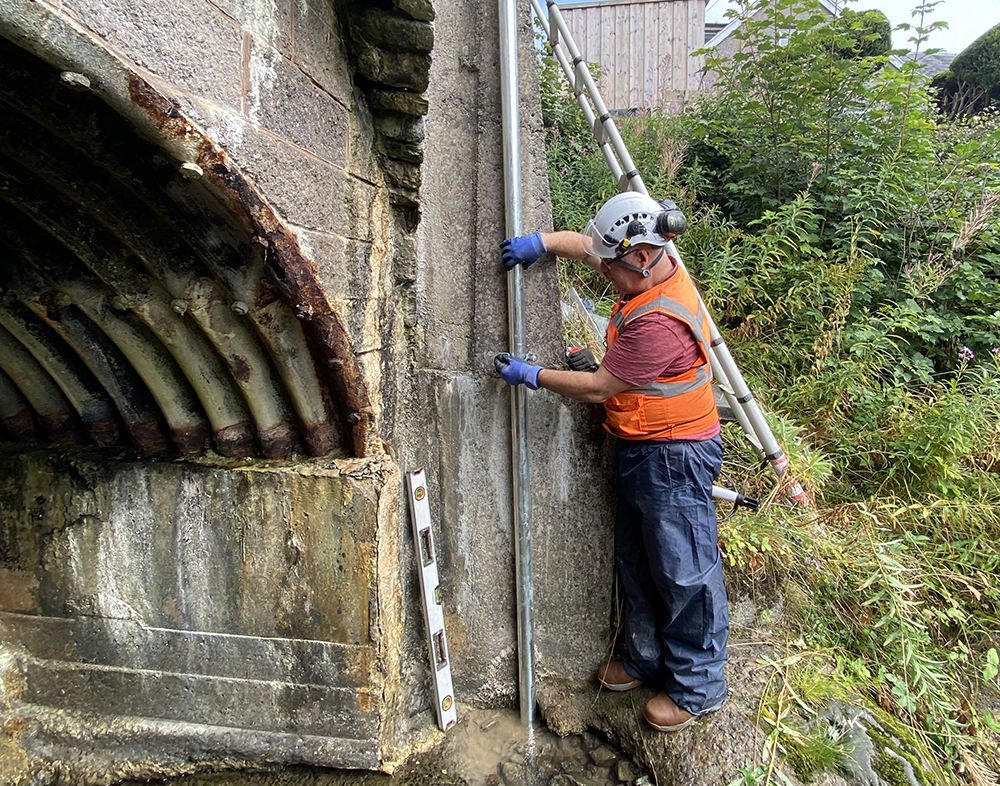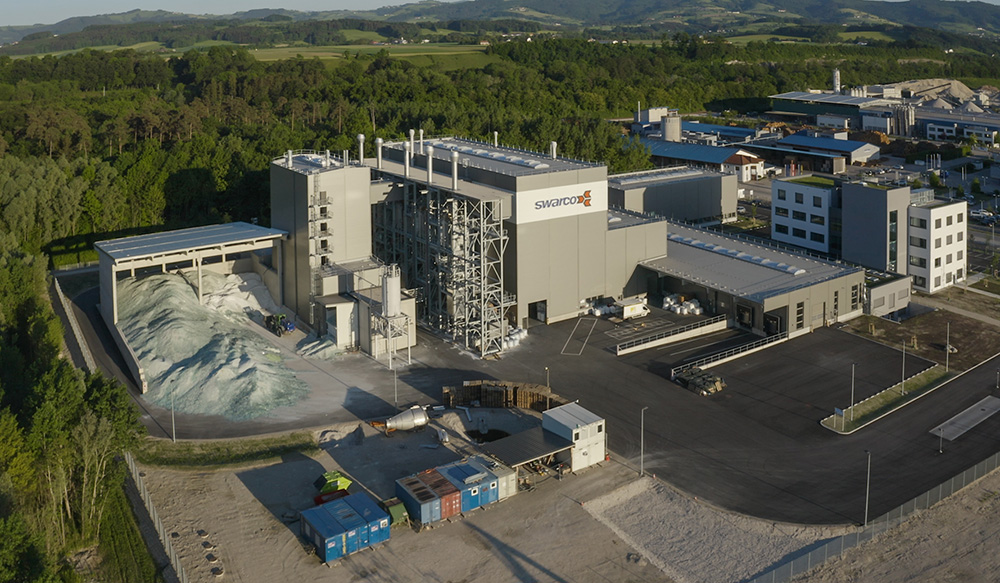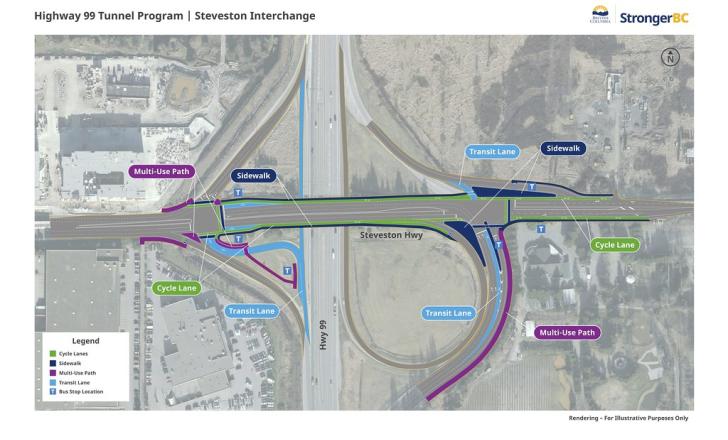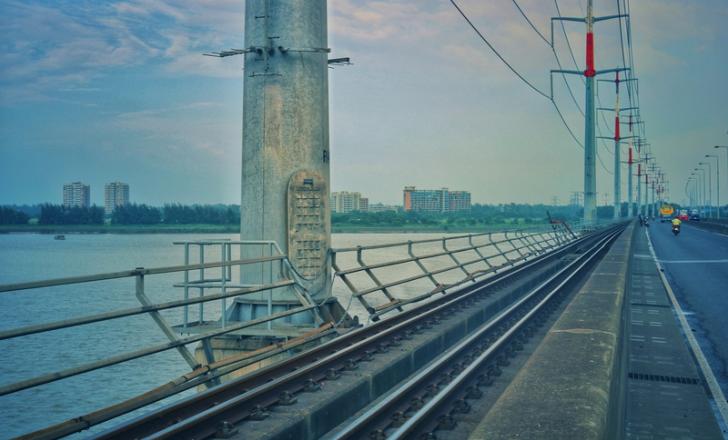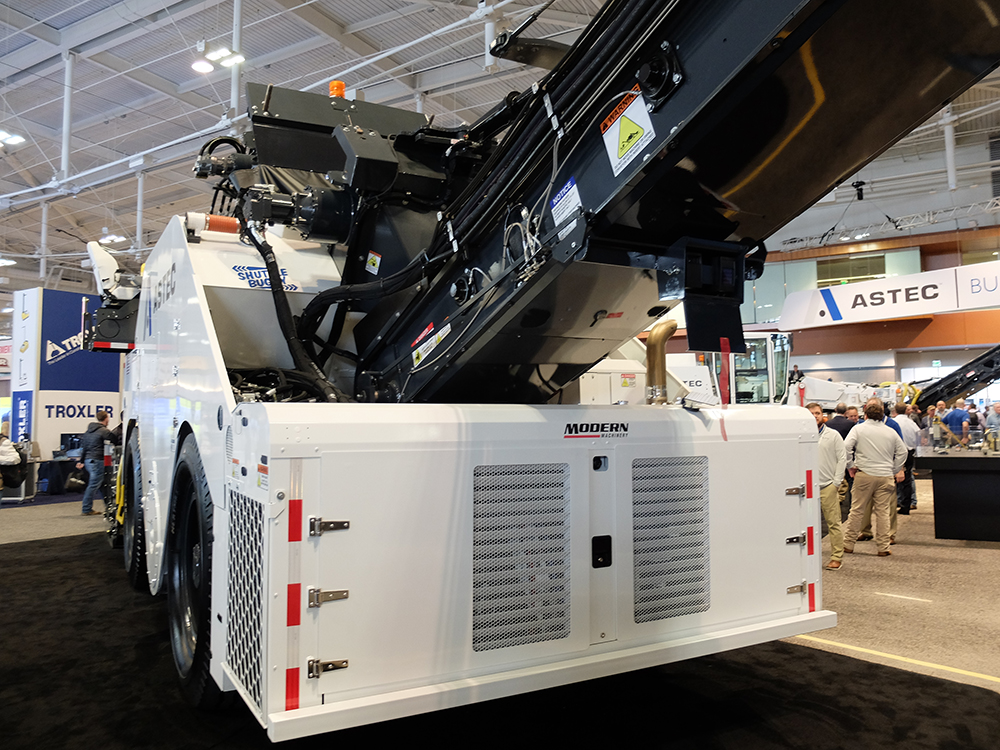Liebherr’s new mining truck and shovel
The TA274 truck competes in the 305tonne payload class and is being offered with the firm’s novel electric assist package. Three mines around the world currently use the proven electric assist system Liebherr offers, with the trucks being equipped with pantographs on top to pick up the current. Using an electric assist package for the laden climb out of the pit helps reduce fuel consumption and exhaust emissions as well as CO2 from the operation, while also lowering running costs for the trucks.
The new TA274 truck shares many features with the larger TA284 truck from Liebherr, with a range of options available to suit the customer and application and also to maximise productivity. The TA274 has a gross vehicle weight of 528tonnes and is powered by a MTU20V4000 C22 diesel rated at 2,720kW, though customers can also select a Liebherr D9816 diesel rated at 2,700kW or an MTU 16V4000 C65 engine rated at 2,400kW. The truck features a top speed of 53km/h and runs on 53/80 R63 tyres
Meanwhile, Liebherr is also introducing a new mining shovel. This is a large unit that is bigger than the recently launched R9600, a 600tonne class machine. As with the R9600, the new model is a Generation 8 machine that benefits from Liebherr’s latest technology. More details on the machine are being made available in due course.
